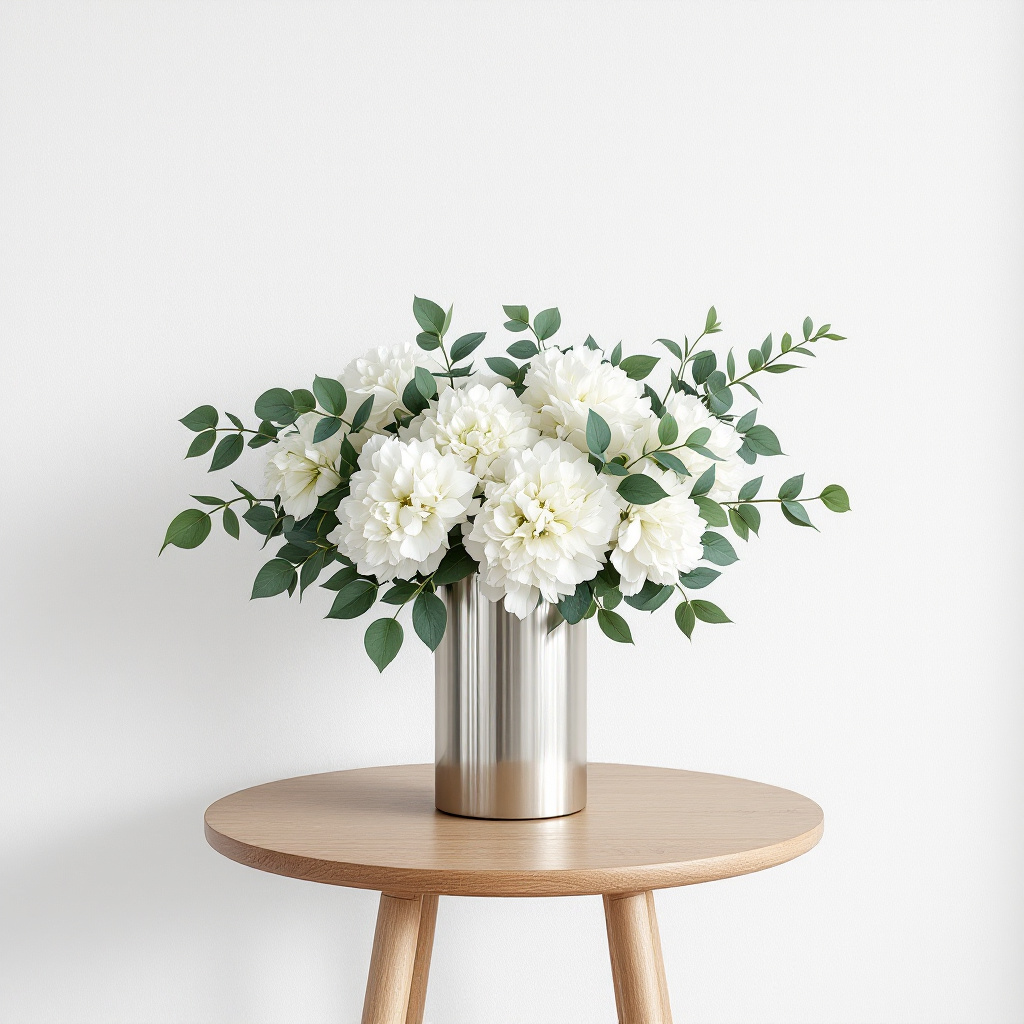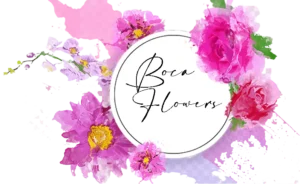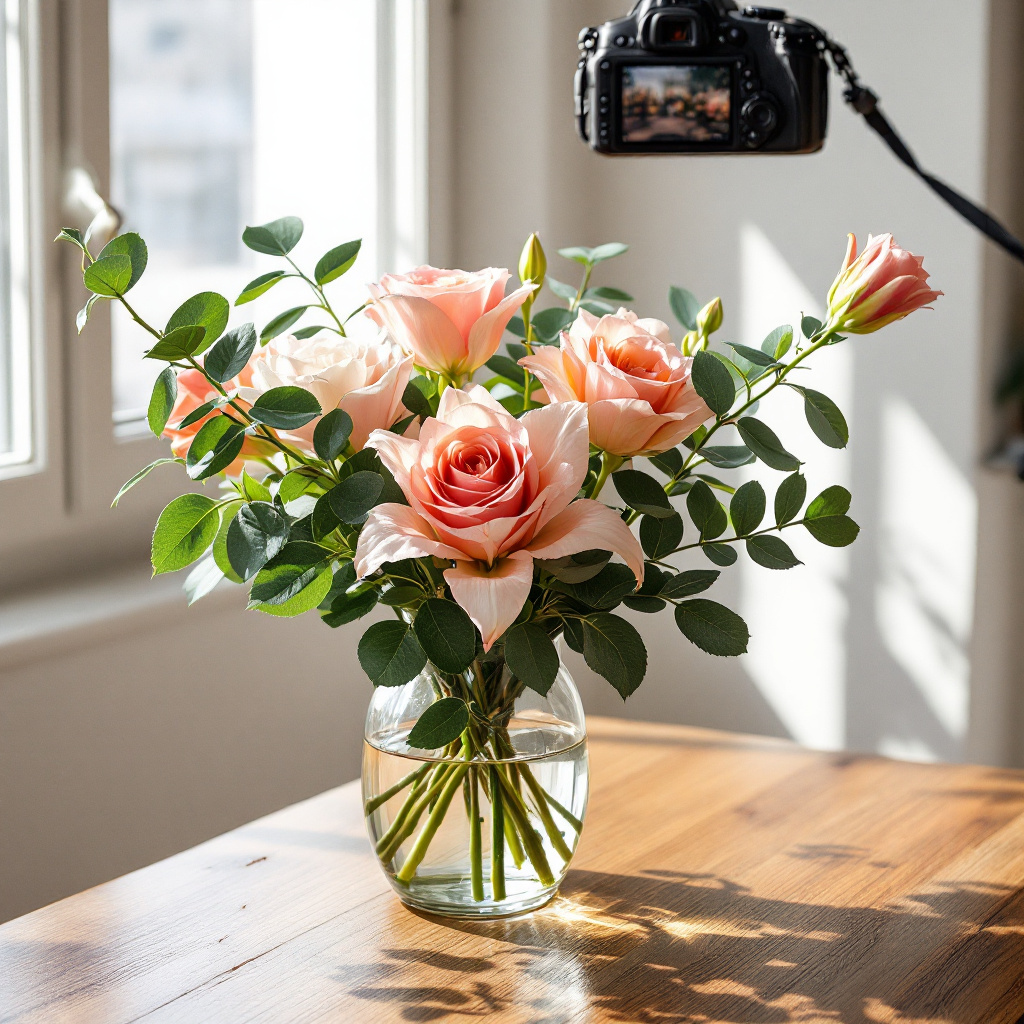Before embarking on the journey of capturing stunning photos of floral arrangements, it is crucial to understand the intricate elements that comprise the bouquet or design in question. Each arrangement tells a unique story, and recognizing its color palette is essential. Different shades can evoke various emotions and set the mood for your photographs. For instance, vibrant colors such as reds and yellows can convey energy and enthusiasm, while pastel shades often impart a sense of calm and serenity.
Additionally, textures play a significant role in the visual appeal of floral arrangements. The juxtaposition of soft petals with the rough edges of greeneries or the smooth surfaces of decorative vases can create a fascinating depth in a photograph. A well-balanced composition that harmonizes these contrasting textures not only enhances the aesthetics but also engages the viewer’s eye, drawing them into the image. Understanding how light interacts with these textures will allow you to make informed decisions about lighting setups, ensuring optimal exposure and contrast in your photos.
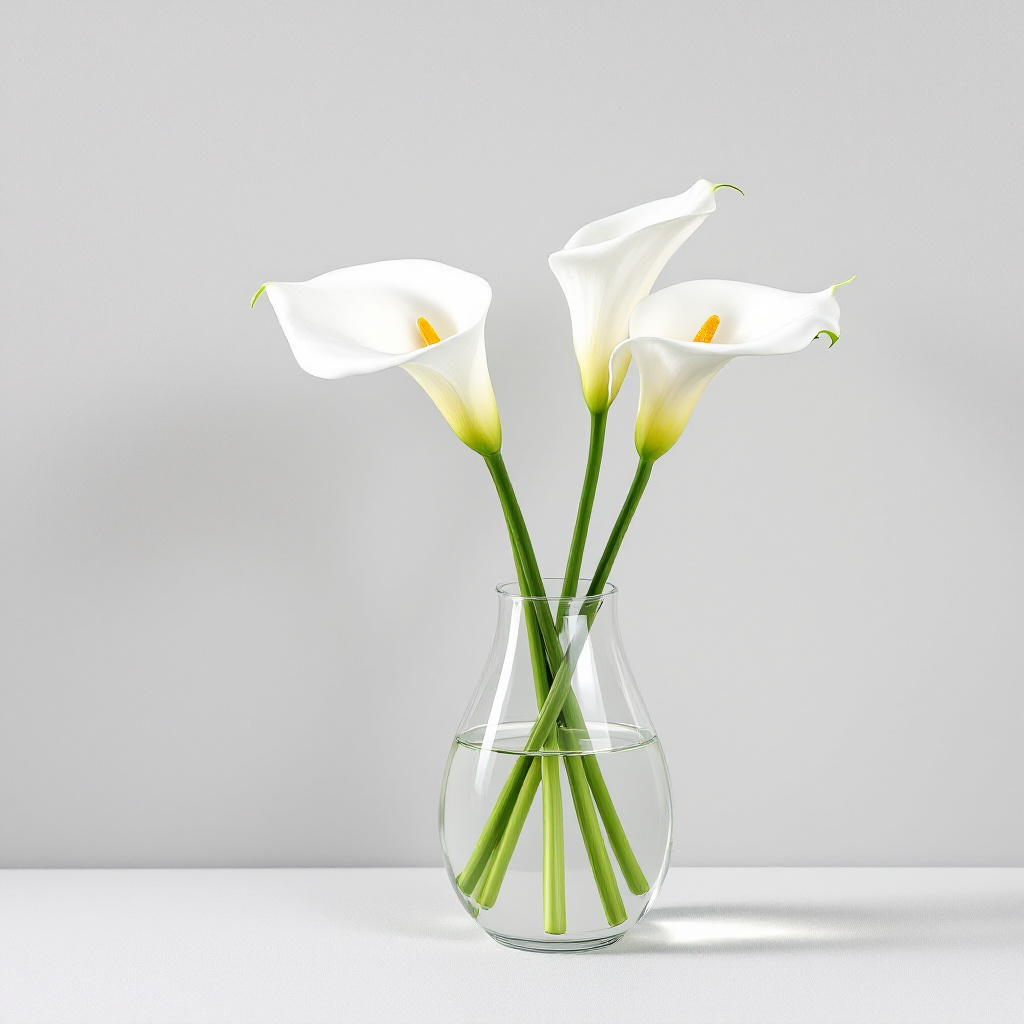
Furthermore, the choice of flowers and accessories can significantly influence the outcome of your photography. Selecting flowers that complement each other in terms of color and texture leads to a cohesive and visually striking arrangement. Accessories, such as ribbons or decorative stones, should be chosen carefully to enhance the floral design rather than distract from it. Integrating these elements thoughtfully allows the photographer to showcase the intended aesthetic effectively, resulting in images that resonate with the audience and capture the essence of the arrangement. In essence, a deep understanding of these foundational elements will undoubtedly elevate your floral photography and help you achieve remarkable results.
Lighting Techniques for Floral Photography
Lighting plays a fundamental role in the art of floral photography, as it can make or break the visual appeal of your images. Natural light is often preferred by photographers due to its quality and availability. When shooting outdoors, the golden hours—shortly after sunrise and before sunset—provide soft, diffused light that accentuates the vibrant colors and intricate details of floral arrangements. This gentle illumination avoids harsh shadows and creates an ethereal glow that enhances the overall aesthetic of the photograph.
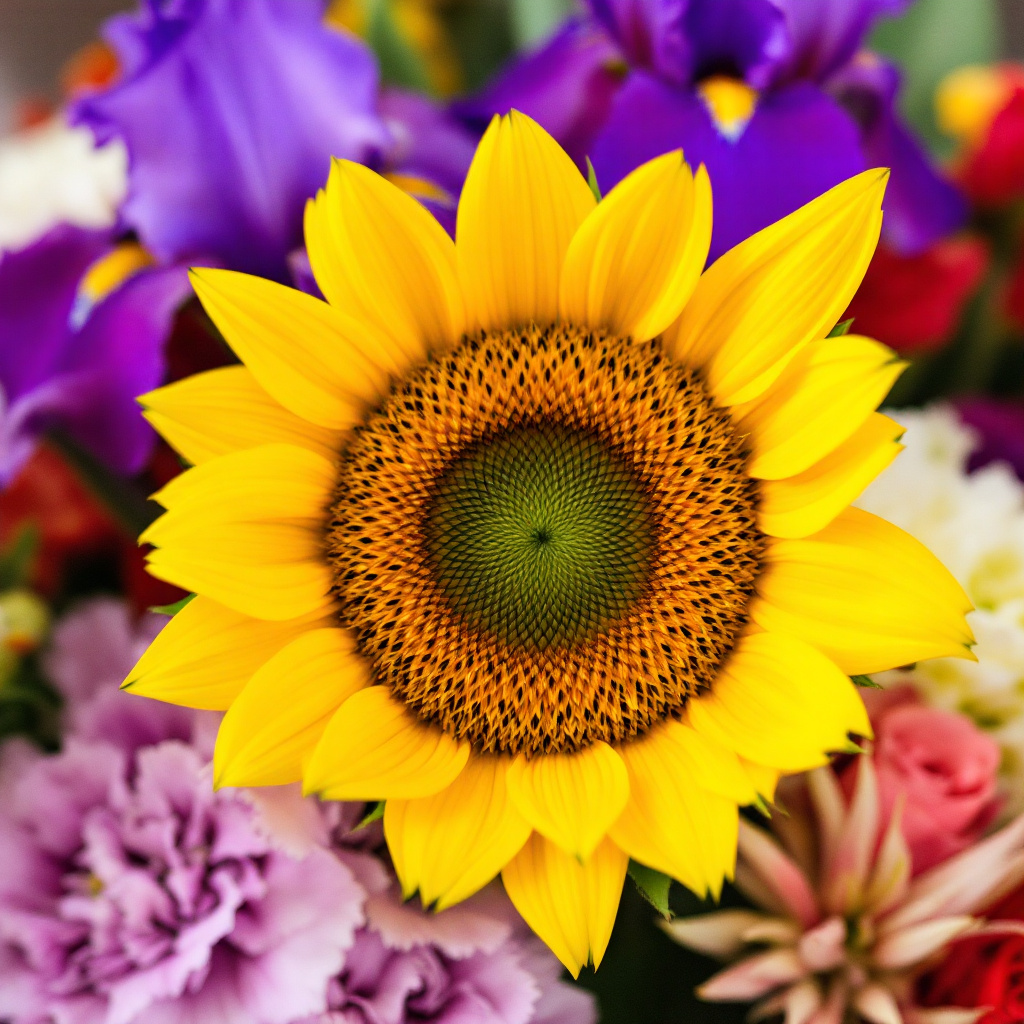
In contrast, artificial light, such as softbox lights or LED panels, can be effectively employed in controlled environments like studios. These sources allow you to manipulate the intensity and direction of the light to achieve desirable results. Avoiding overwhelming brightness is crucial; a well-balanced set-up can illuminate the flowers without overpowering their natural hues. Additionally, employing techniques such as three-point lighting can add depth, definition, and interest to your compositions.
Another essential tool in floral photography is the use of diffusers and reflectors. Diffusers help to soften harsh light, achieving a more even illumination across the floral arrangement, while reflectors can be utilized to bounce light back onto the subject, filling in shadows and highlighting specific aspects of the flowers. Both tools can significantly improve the clarity and richness of colors captured in photographs.
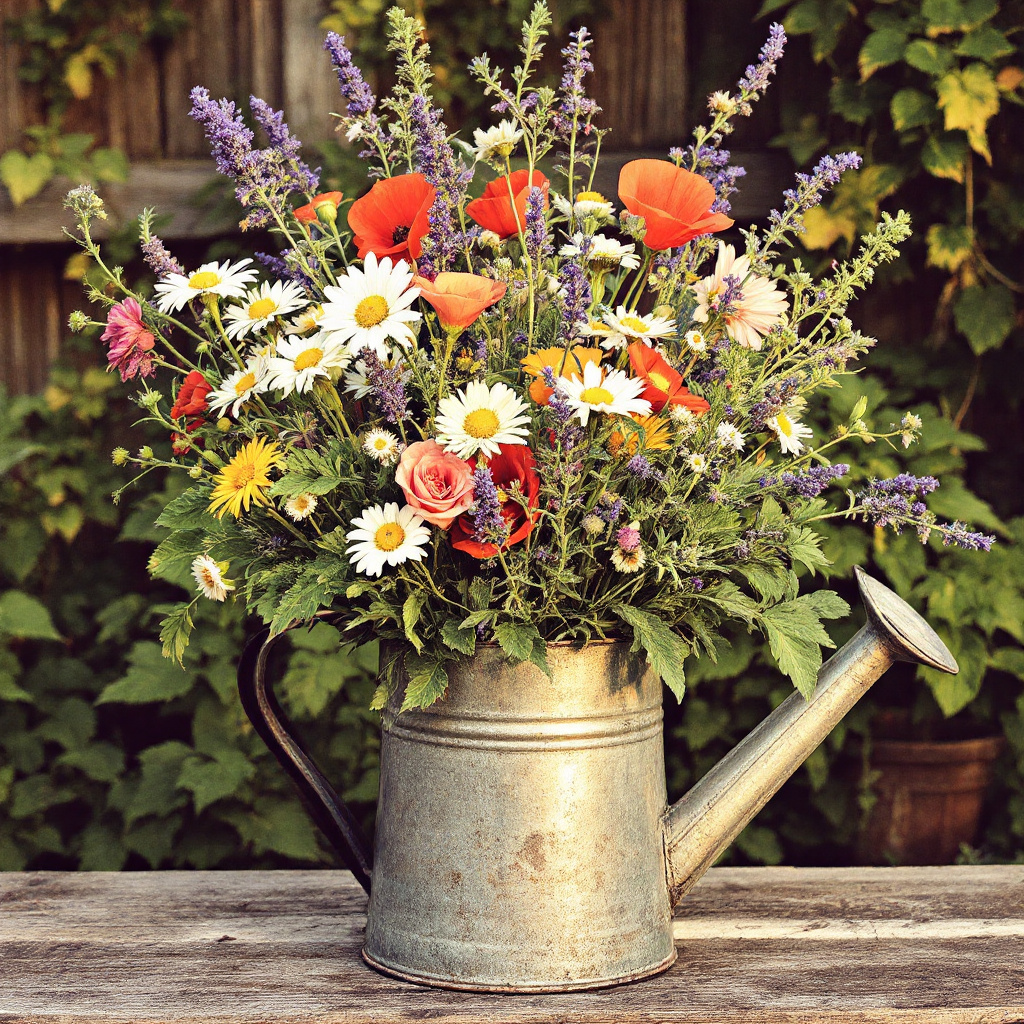
Weather conditions also influence lighting outcomes. Overcast days, for example, provide a uniform light source that can minimize shadows, allowing for a more consistent look throughout the composition. Photographers should be adaptable, understanding how varying conditions—from bright sun to cloudy skies—affect their floral shots and planning their shoots accordingly. Developing an awareness of these lighting techniques is essential for capturing captivating images of floral arrangements.
Composition and Framing Tips
When capturing stunning photos of floral arrangements, composition plays a crucial role in enhancing the overall aesthetic of the image. One effective technique is the rule of thirds. This principle involves dividing the frame into a grid of nine equal sections, allowing photographers to position the floral arrangement along these lines or at their intersections. Doing so can create a more balanced and engaging image, drawing the viewer’s eye to the most important elements of the composition.
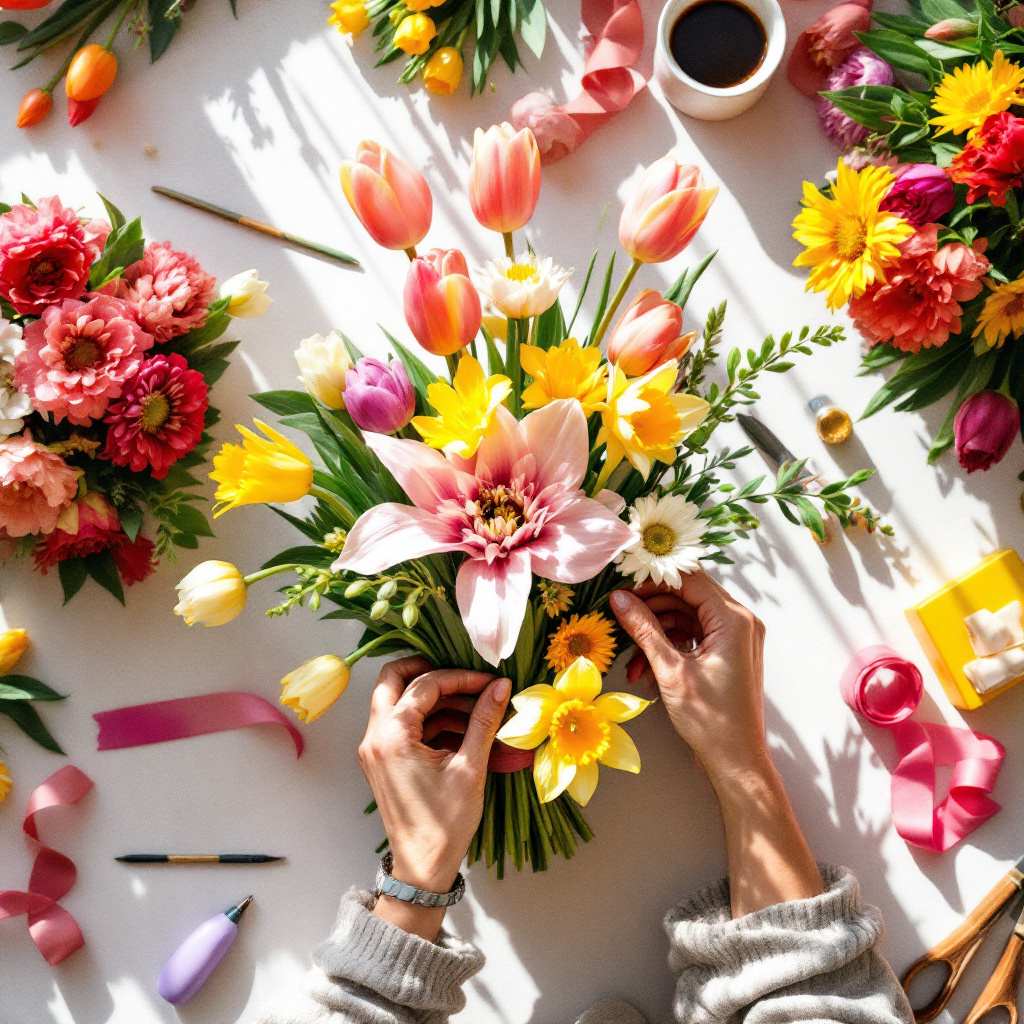
Another valuable compositional strategy is the use of leading lines. By incorporating natural lines, such as stems, leaves, or pathways, photographers can guide the viewer’s focus toward the floral subject. This technique adds depth to the photograph and encourages exploration of the arrangement within the frame. Additionally, creating depth through layering can significantly enhance floral photography. By including foreground elements, such as blurred petals or foliage, the image can achieve a three-dimensional feel, making the subject pop.
Experimenting with different angles and perspectives also contributes to more dynamic floral photography. Shooting from above can capture an entire arrangement, while low-angle shots can emphasize the height and elegance of certain flowers. Each angle offers a unique interpretation of the subject, revealing intricate details that might otherwise go unnoticed. Furthermore, to ensure the floral pieces are the main focus of the image, it is essential to eliminate distractions in the background. A simple, uncluttered backdrop allows the beauty of the flowers to take center stage without competing elements detracting from the viewer’s attention.
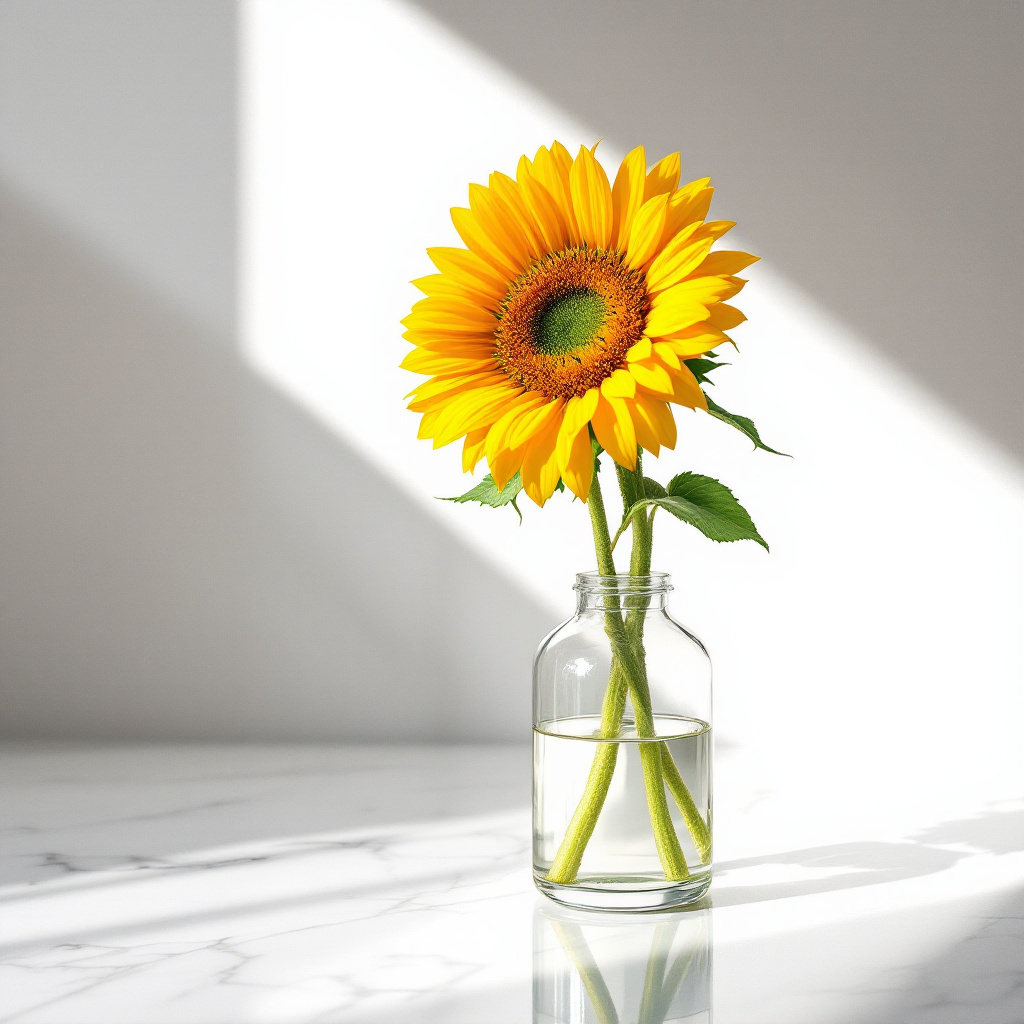
Effective framing is another key aspect to consider. Positioning the flowers centrally or using natural frames, such as branches or windows, can provide context and enhance the composition. Ultimately, applying these techniques will help photographers capture breathtaking floral arrangements that resonate with their audience.
Post-Processing for Floral Photos
Post-processing is an essential step in elevating floral photography from good to stunning. After capturing your floral arrangements, the right editing techniques can significantly enhance the visual appeal while preserving the natural beauty of the flowers. A variety of photo editing software options are available for photographers, ranging from beginner-friendly applications like Adobe Lightroom and Canva to more advanced programs such as Adobe Photoshop. Each tool provides unique features that cater to different editing needs.

One of the fundamental aspects of post-processing is color correction. This technique helps in achieving a more vibrant and accurate representation of the flowers’ colors. Adjusting the white balance can rectify any color casts caused by lighting conditions during the photo shoot. Additionally, enhancing saturation and vibrancy selectively can make certain hues pop without overwhelming the overall image integrity.
Contrast adjustment is another critical technique. This process brings depth to the images, allowing the textures and details of the flowers to stand out more effectively. By increasing the contrast, photographers can create a dynamic effect that draws the viewer’s eye to specific features within the arrangement. However, it’s important to be cautious in this step to avoid losing detail in either the highlights or shadows.

Lastly, cropping is a vital editing tool that allows you to create more compelling compositions by eliminating distractions and improving the arrangement’s focus. A well-framed image should guide the viewer’s attention to the intricate details of your flowers. Creating a consistent editing style across your floral photography portfolio can also enhance its cohesiveness, ensuring a professional appearance throughout. Simple adjustments, while keeping the authenticity of the blooms intact, can significantly elevate your floral photography.
